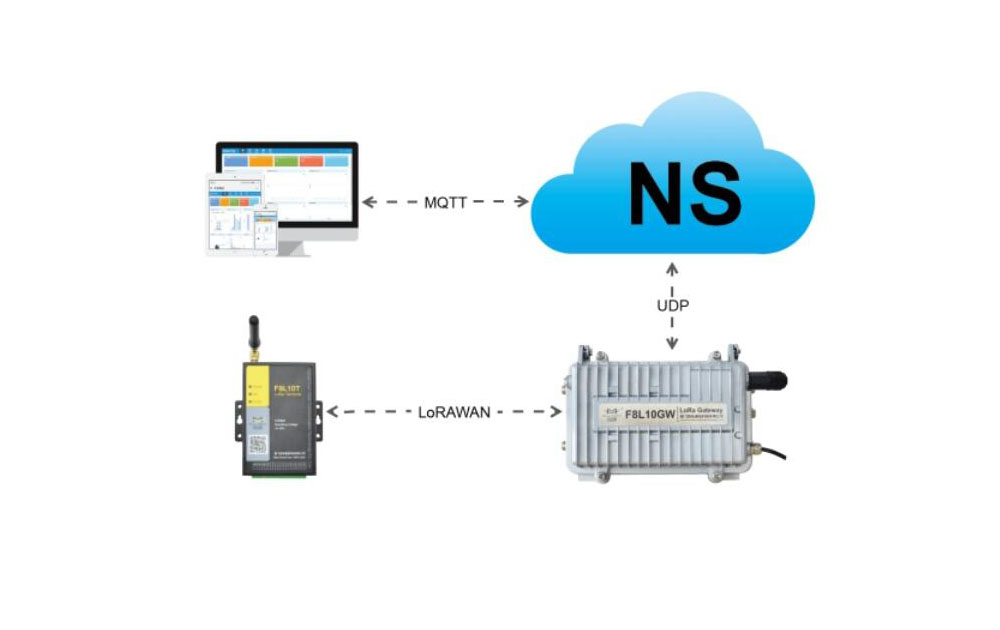Data acquisition is the bridge between the computer and the external physical world. The data acquisition module is composed of sensors, controllers and other units. Data acquisition cards, data acquisition modules, data acquisition instruments, etc. are all data acquisition tools.
1. Introduction of data acquisition module
The data acquisition module is based on the communication module of the remote data acquisition module platform. It integrates communication chips, memory chips, etc. on a circuit board, so that it has the functions of sending and receiving short messages, voice calls, and data transmission through the remote data acquisition module platform. . The remote data acquisition module can realize the main communication function of the ordinary remote data acquisition module mobile phone, and it can also be said to be a "lite" mobile phone. Computer, single-chip microcomputer and ARM can be connected with the remote data acquisition module through the RS232 serial port, and various voice and data communication functions can be realized through the AT command control module.
Compared with GSM, the remote data acquisition module technology is a more advanced mobile communication technology, except that the remote data acquisition module has low radiation; in terms of data transmission, the remote data acquisition module 2000 1X is also technically different from GPRS. The 1X speed is almost 3-4 times the speed of GPRS.
2. Application of data acquisition module
Therefore, in the industrial module application field mainly used for data transmission, the remote data acquisition module module has obvious advantages in speed compared with the GPRS module. However, the application of remote data acquisition module in the industrial field is far behind the application of GPRS module. The main reason is that, on the one hand, the coverage and construction of the remote data acquisition module network is not as complete as that of the GSM network. On the other hand, the cost of the remote data acquisition module is much higher than that of the GSM module by at least 2-4 times in the early stage, making the production cost much higher.
In the early days of China, the remote data acquisition modules were mainly provided by South Korean and European companies, such as AnyData and Wavecom; in the past two years, more and more domestic companies have launched their own high-quality remote data acquisition modules, which has lowered the overall price. At present, common models include Huawei's EM200, Anydata's DTGS-800, and Wavecom's Q2358/2438 modules. These modules all have the data transmission function of the remote data acquisition module 1X, and also have built-in TCP/IP communication protocol stacks. As China Telecom operates the remote data acquisition module platform, it has driven the rapid growth of business, and the entire remote data acquisition module market has also developed rapidly.
At present, the remote data acquisition module is mainly used in the field of mobile data transmission, including vehicle navigation monitoring, intelligent meter reading, remote data acquisition and other fields, especially in the field of multimedia transmission with relatively high bandwidth requirements, the remote data acquisition module has obvious bandwidth advantages .
3. GPRS data acquisition module
GPRS data acquisition module is a data communication product developed based on GPRS network. The GPRS data acquisition module transmits the analog quantity, switch quantity and relay signal of the field sensor to the monitoring center through GPRS wireless network, Internet or comprehensive Ethernet, and can directly pass various general industrial configuration software and remote field sensors. For data exchange, no custom driver is required.
4. Application of GPRS data acquisition module
The GPRS data acquisition module transmits the analog quantity, switch quantity and relay signal of the field sensor to the monitoring center through GPRS wireless network, Internet or comprehensive Ethernet, and can directly pass various general industrial configuration software and remote field sensors. For data exchange, no custom driver is required. DATA-6106GPRS data acquisition module is a data communication product developed based on GPRS network. It is mostly installed in monitoring sub-stations to realize remote data communication between sub-station field equipment and monitoring center. It is widely used in water conservancy, petroleum, thermal power, environmental protection, electric power and other industries.
5. Function of GPRS data acquisition module
5.1 Communication function: support GPRS and short message dual-channel data transmission; support data communication with multi-center.
5.2 Collection function: collect serial device data, such as serial instrument, collector, PLC, etc.
5.3 Remote management function: support remote parameter setting and program upgrade.
6. Features of GPRS data acquisition module
6.1 Industrial grade design, suitable for outdoor harsh environment.
6.2 Built-in software and hardware watchdog, no crash or disconnection.
6.3 Support data transparent transmission.
6.4 Support domain name resolution function.
6.5 Support various configuration software and users to develop their own software systems.
7. Parameters of GPRS data acquisition module
Serial port configuration: 1 RS485, 2 RS232.
Data format: 8 data bits, 1 stop bit, parity bit (odd, even, none) can be set.
Baud rate: 300, 600, 1200, 2400, 4800, 9600, 19200 (Bit/S) optional.
Communication error code: ≤10.
Power supply: 10V ~ 30V DC.
Average current: <70mA/12V.
Working environment: Temperature: -40~+85℃; Humidity: ≤95%.
Installation method: rail type.
Dimensions: 122x70x43mm.




















